Homeowner Newsletter: Spring/Summer 2022
©2022 Jeffrey C. May
What we call “mold” is a fungus. There are at least two different categories of fungi: macrofungi and microfungi. What is the difference between the two?
Macrofungi produce reproductive (fruiting) bodies that we call toadstools or mushrooms. The hyphae (root-like structures) of macrofungi growing in the soil can fan out a few feet to hundreds of yards (or more) from the location of the mushroom.
Macrofungi digest wood, so if you see a mushroom growing out of the side of your house or even inside your house, you are looking at a wood-rot problem. You can remove the mushroom, but the hyphae will remain under the surface. You should have the integrity of the wall or siding checked by a general contractor, home inspector, or structural engineer; and have the leak fixed.
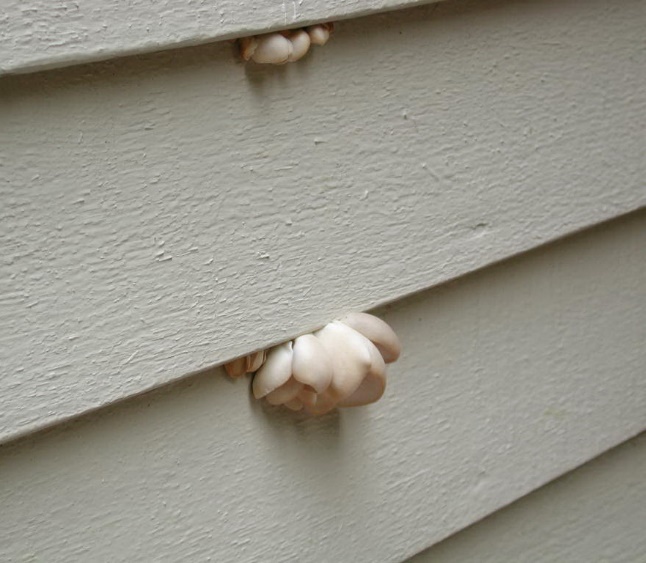
The hyphae are under the surface, digesting the wood.
Microfungi, which we commonly call “mold,” can be black, white, green, or gray, among other colors, and with very few exceptions, they do not degrade wood. Microfungi typically grow on surfaces in circular colonies, and their hyphae fan out as they digest surface nutrients like dust and spilled foods. These organisms produce fruiting bodies (called conidiophores) all along the surface of the growth.
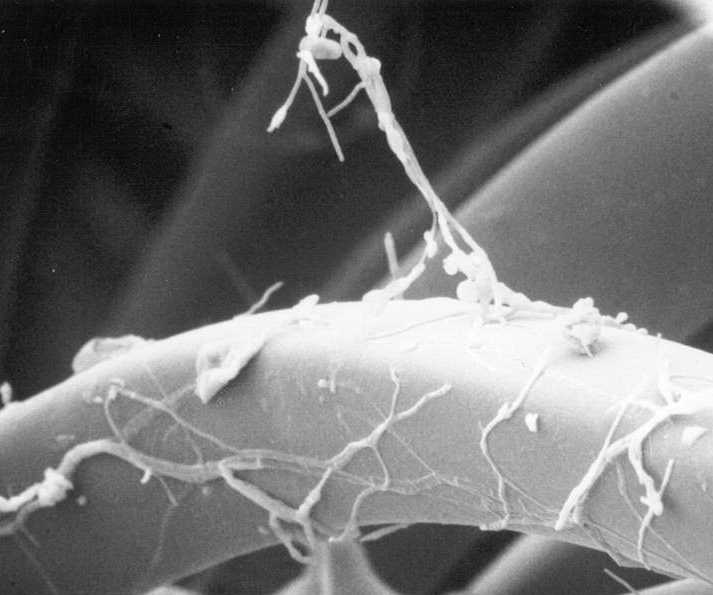
spreading along the surface of a carpet fiber to digest the dust on the fiber
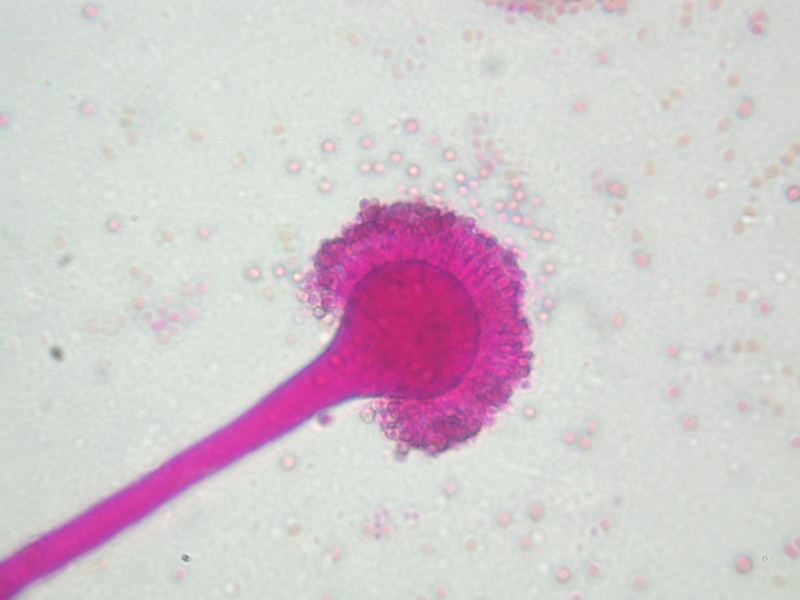
is from mold growing at the bottom of a dresser.
Mold spores and hyphae contain allergens, so it is no surprise that many of the people who call us are worried about mold and report that they are sneezing, coughing, or experiencing nasal congestion. And with consistent exposures, people can become sensitized to mold spores and hyphae.
I commonly find the allergenic Aspergillus, Cladosporium, and Penicillium molds in equipment or in spaces with high relative humidity (such as in air conditioning systems or in basements and crawlspaces).
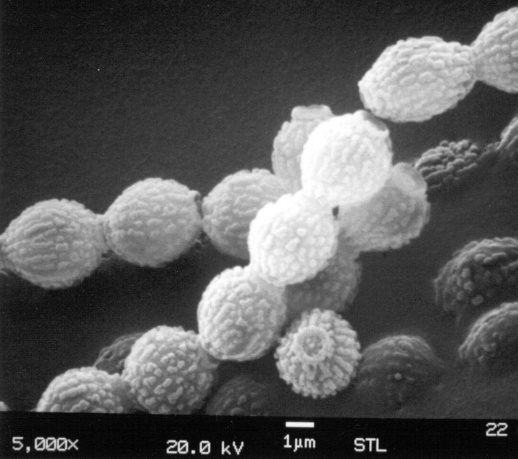
Many mold-test reports compare indoor fungal-spore concentrations to outdoor fungal-spore concentrations. If the concentrations indoors are lower than the concentrations outdoors, then the assumption is made that there is no indoor mold problem. This assumption can be misleading for at least two reasons. First, most of the spores found outdoors are basidiospores from macrofungal growth, whereas mold growth indoors is almost always microfungal. And second, people can be consistently exposed to microfungal spores from indoor mold growth, while outdoors, the types and concentrations of spores change drastically with seasons and weather shifts.
People sometimes ask us about “toxic black mold,” a common phrase that refers to Stachybotrys mold, which can produce mycotoxins. There are other types of black molds that can grow indoors, however, including Chaetomium and Cladosporium. And many other mold species can produce mycotoxins (but the largest source of mycotoxin exposure is from ingested foods).
Where might mold be found in a home?
Below grade (below ground level):
- In a crawlspace or basement in which the relative humidity has not been adequately controlled.
Above grade:
- On the walls and ceilings in a bathroom.
- On the bottom of a toilet tank.
- In a closet with a wall that faces the exterior.
- In a home in which the heat has been turned down too low.
- In a carpet laid on concrete.
- On furnishings that have been stored in damp spaces.
- In air-conditioning systems with inadequate filtration.
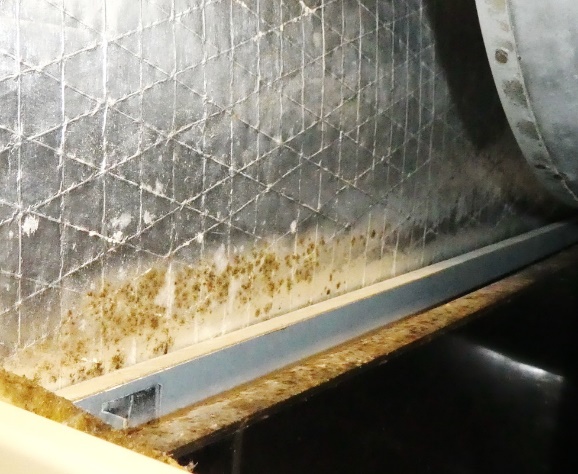
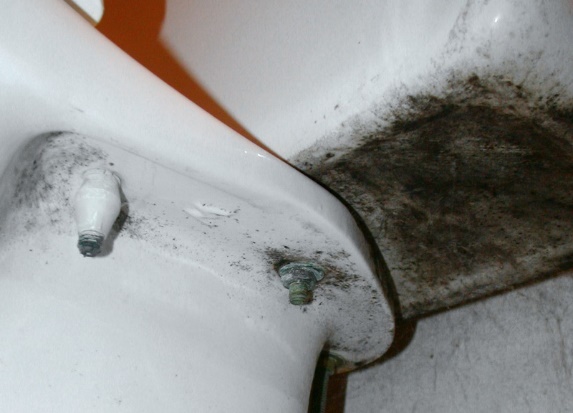
![C:\Users\Owner\Desktop\Macro Micro Client NL spring 2022\6669 Aspergillus mold on beam [sampled].JPG](https://www.mayindoorair.com/wp-content/uploads/2022/06/c-users-owner-desktop-macro-micro-client-nl-sprin-4.jpeg)
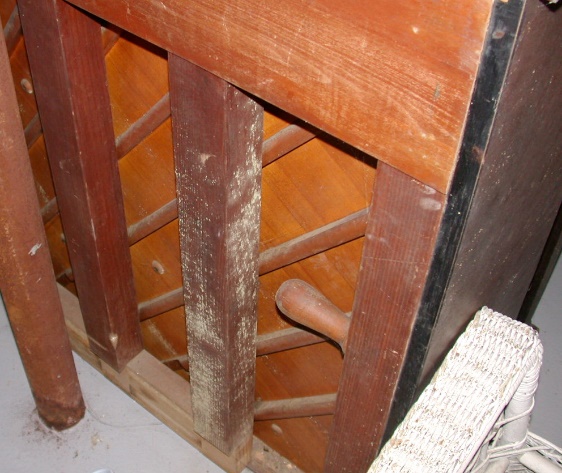
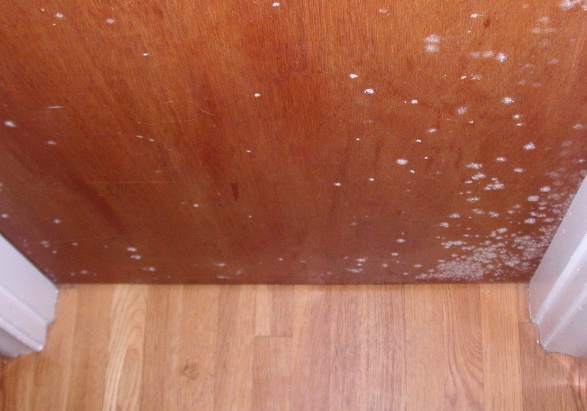
What are some of the many steps you can take to minimize the chances of having mold growth in your home?
- Dehumidify your basement in the humid season, keeping the relative humidity no higher than 50% in unfinished spaces and 60% in finished spaces.
- Keep a finished basement consistently warm in the heating season, whether you are using the space or not. Set the thermostat at a minimum of 60oF.
- Isolate a crawlspace from the exterior and dehumidify the space during the humid season, keeping the relative humidity at no higher than 50%.
- Cover any dirt in your crawlspace or basement with a mesh-reinforced vapor barrier attached to the foundation walls; or cover the dirt with cementitious material.
- Don’t use carpeting below-grade; don’t place area rugs on concrete or in porches open to the weather.
- After showering, squeegee surfaces in the shower/tub enclosure, keep the bathroom door open, run the exhaust fan for at least an hour, and use an oscillating fan to dry walls and the ceiling.
- Clean the bottom of your toilet tank on a regular basis to remove biodegradable dust.
- Use a HEPA-filtered vacuum with a bag for all household cleaning.
- If you have any type of cooling system, be sure that the components are dust free.
- Keep your downspouts and gutters clean to help avoid water intrusion below-grade.
- If you have mold sensitivities, don’t acquire or accept used furniture or even family antiques, especially if they smell musty.
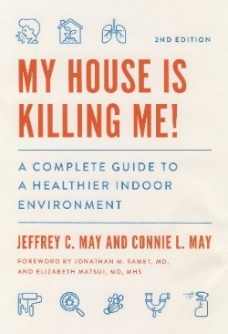
What’s the best way to get rid of mold growth? The answer to this question is too long for a newsletter of this length. Part III of our book The Mold Survival Guide: For Your Home and for Your Health and Chapter 23 of our book My House is Killing Me! A Complete Guide to a Healthier Indoor Environment discuss mold remediation and removal. These books also offer more tips on how to avoid mold growth in the first place. Our five books on indoor air quality are available on line and are published by Johns Hopkins University Press.
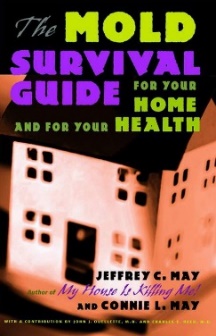
(Unless otherwise indicated, May Indoor Air Investigations owns all photographs, micrographs, and scanning electron images in this article.)
May Indoor Air Investigations LLC, Tyngsborough, MA.
info@mayindoorair.com 978-649-1055 www.mayindoorair.com
We offer phone consultations and site investigations.
